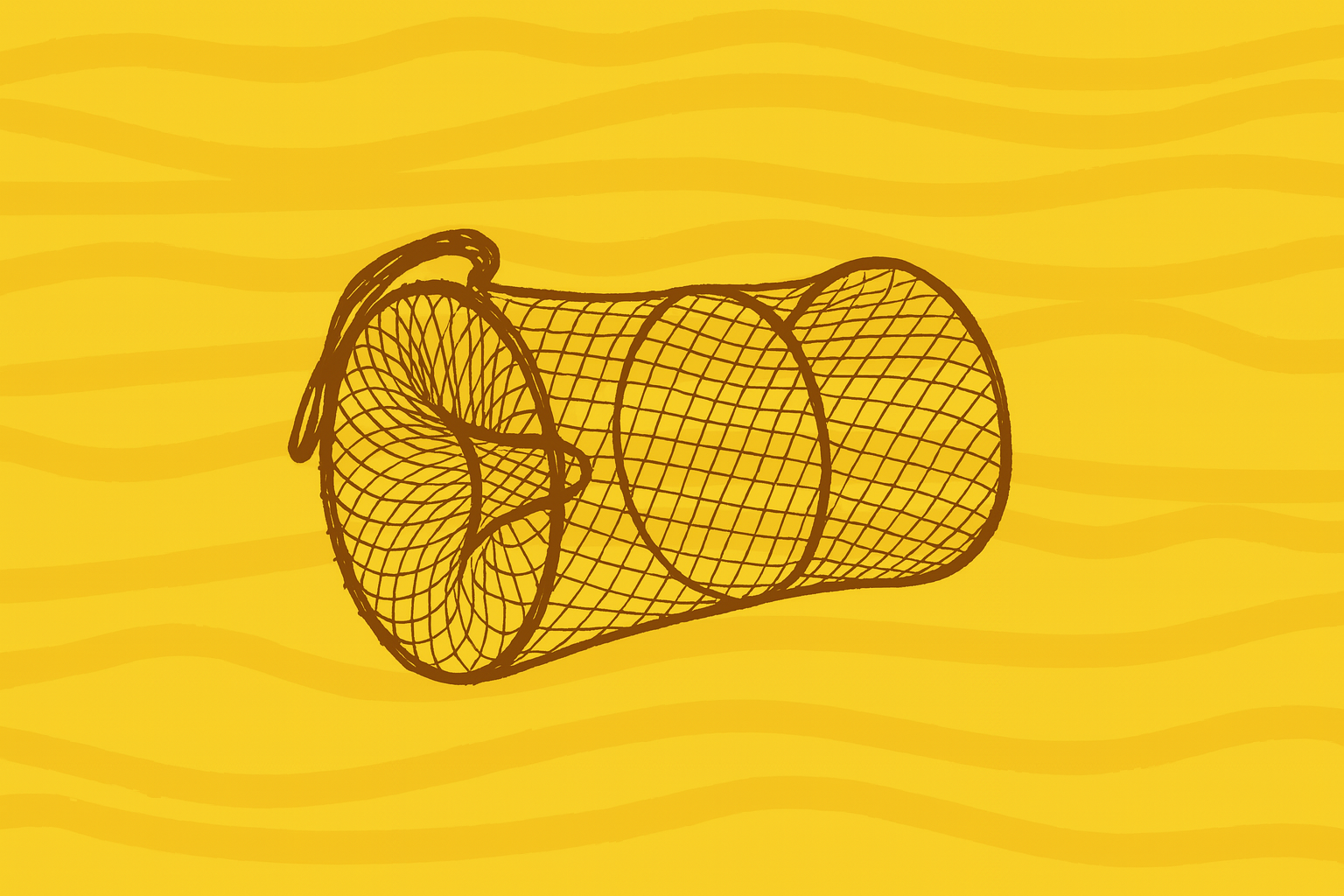Late summer in Sweden means one thing: kräftor on the table, the scent of dill in the air, and celebrations under paper lanterns. At the heart of that tradition sits the noble crayfish—Astacus astacus. But journey south to Italy and you’ll meet another character: the white‑clawed crayfish, Austropotamobius pallipes. Both have stories to tell—about flavor, ecology, and sustainability.
Meet the species
Astacus astacus – Sweden’s native noble crayfish
This is the crayfish of legend around Stockholm’s lakes—firm, meaty, slightly briny, and red‑hot after boiling. Alive, they’re dark olive‑brown and can grow up to 16–18 cm. The texture is bold, making them perfect for chilled kräftskiva feasts and rich bisques.
Austropotamobius pallipes – Italy’s endangered gem
Delicate, sweet, and subtle, it’s prized in mountain villages—where water purity matters more than large catches.
Today, A. pallipes is classified as an endangered species and it is strictly forbidden to catch it in Italy. The law exists to protect dwindling populations and their fragile habitats.
Why Italian crayfish are rare in markets
Because catching it is illegal, there’s no legitimate supply chain to Italian fish markets. Unlike the noble crayfish in Sweden, which can be harvested under quota, A. pallipes exists now only in the care of nature itself—and in conservation breeding centres.
How they compare
While they share a family resemblance, the Swedish noble crayfish is noticeably larger and more robust, with a firm, sweet‑saline flesh that holds up to both cold and baked preparations. Its claws are meatier, and its flavor carries a slightly mineral depth from Sweden’s cold, clean lakes.
The Italian white‑clawed crayfish, on the other hand, is smaller, with a lighter build and more delicate meat. Its taste is sweeter, gentler, and best appreciated in dishes that don’t overpower it—think subtle broths or lightly seasoned sauces. Where the noble crayfish thrives under careful fishing quotas, the white‑clawed crayfish survives only under full protection, its culinary use now largely a matter of heritage and memory rather than daily fare.
Why local crayfish matters
Every time we choose Astacus astacus from Swedish lakes, we're supporting sustainable fishing traditions. Lakes like Vättern are regulated and harvested each August under strict quotas. In contrast, some crayfish sold in Europe travel a bizarre journey: caught in one region → shipped to China for peeling and packaging → returned to European shelves. This global supply chain hides the origin of the catch and adds a huge carbon footprint.
Eating local crayfish means:
Fewer transport emissions
Support for small-scale fishers following regional quotas
Keeping native species connected to their habitats
Crayfish are essential to water ecosystems—they feed on decaying matter, recycle nutrients, and provide shelter for smaller species. Without them, lakes and rivers lose a natural caretaker.
Culinary contrast
In Sweden, A. astacus is boiled in a brine of dill crowns, salt, sugar, and ale, then cooled overnight and eaten cold with bread, Västerbotten cheese, and snaps.
In Italy, A. pallipes was once enjoyed in rustic recipes—garlic-scented broths, tomato sauces, or lightly grilled—but those dishes now survive mostly in memory. With catching banned, the only way to taste it is through rare, special conservation events, never as a market product.
A Lasagnariet-style crayfish treat
Here’s a storytelling dish: a two-layer open lasagne, perfect for takeaway, embracing Swedish tradition with Italian flair.
Ingredients:
Fresh pasta sheets
Local boiled noble crayfish (meat only; shells for stock)
Rich tomato‑based sauce
Dill oil
Rucola-béchamel with grated Västerbotten cheese
Schnapps for flambé
Recipe & narrative:
Layer one: Blanch a pasta sheet. Spread tomato sauce with chunks of crayfish meat. Drizzle dill oil.
Layer two: Place another pasta sheet. Spoon over rucola béchamel enriched with Västerbotten cheese.
Flambé: Heat schnapps gently, light it, and pour over the lasagne. The flames leave a subtle aroma without harshness.
Serve: In a takeaway tray, perfect for a late‑summer evening or a kräftskiva picnic.
It’s a dish that speaks of Swedish lakes, Italian streams, and the care it takes to keep them both alive.
A narrative of choices
The quality was so inspiring that we turned the shells into a basil‑and‑dill bisque—an experiment that became part of our seasonal lasagna menu.
That’s the kind of connection we believe food should have: a clear story from water to plate. In Sweden, Astacus astacus has that story thanks to regulated, sustainable fishing. In Italy, A. pallipes can only keep its story alive if it stays in the water.
Why eat local? Why now?
Legality: In Italy, catching A. pallipes is illegal, making any commercial offering suspect.
Conservation: It’s endangered and protected under EU.
Sustainability: Buying local crayfish keeps money in the community and reduces transport emissions.
Ecosystem health: Local harvests under quotas maintain balance without overfishing.
By ordering a seasonal Crayfish Lasagne from us, you’re making more than a delicious choice—you’re part of a conservation story. And since we haven't found our location yet, we will cook some crayfish next year. Keep in touch.

